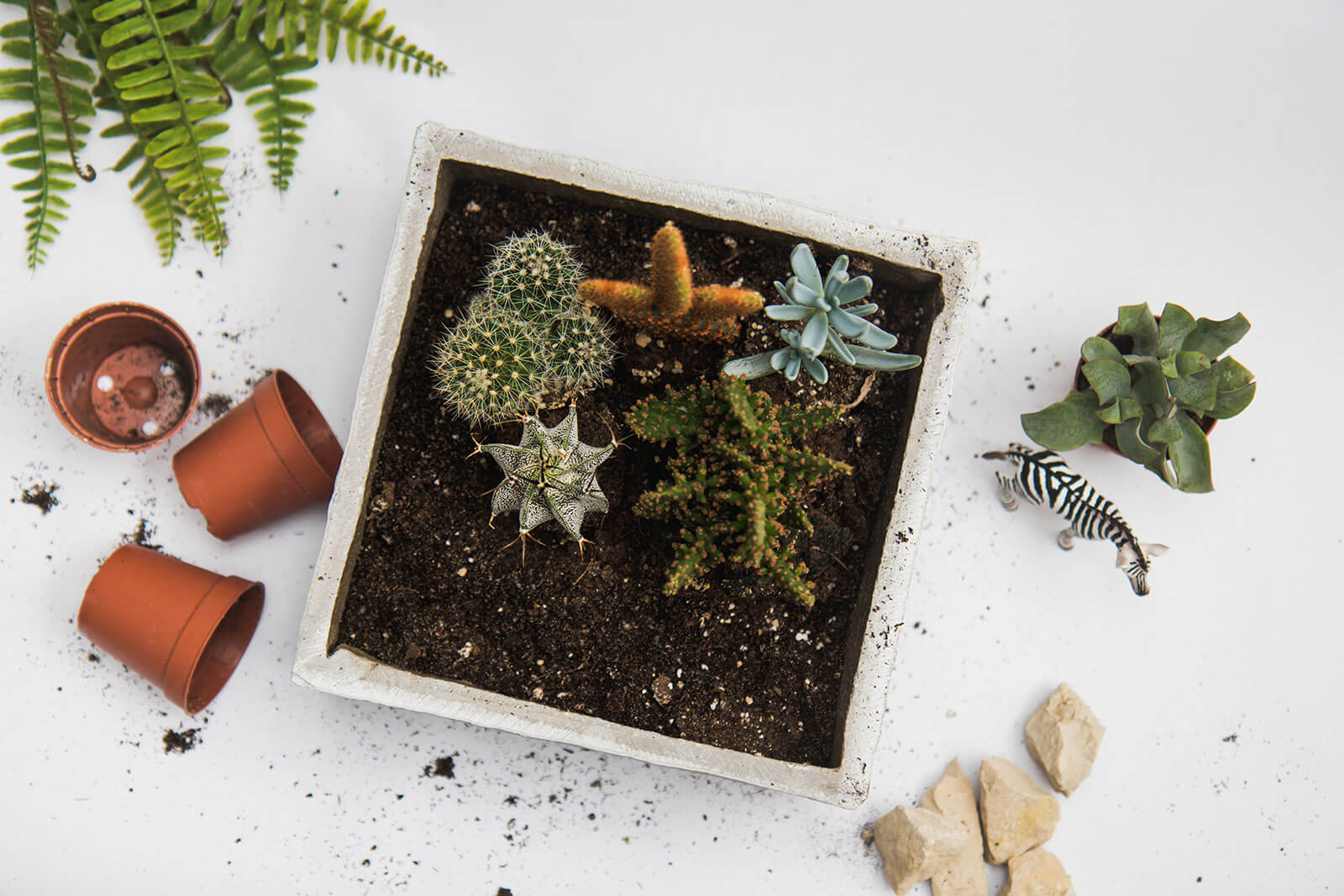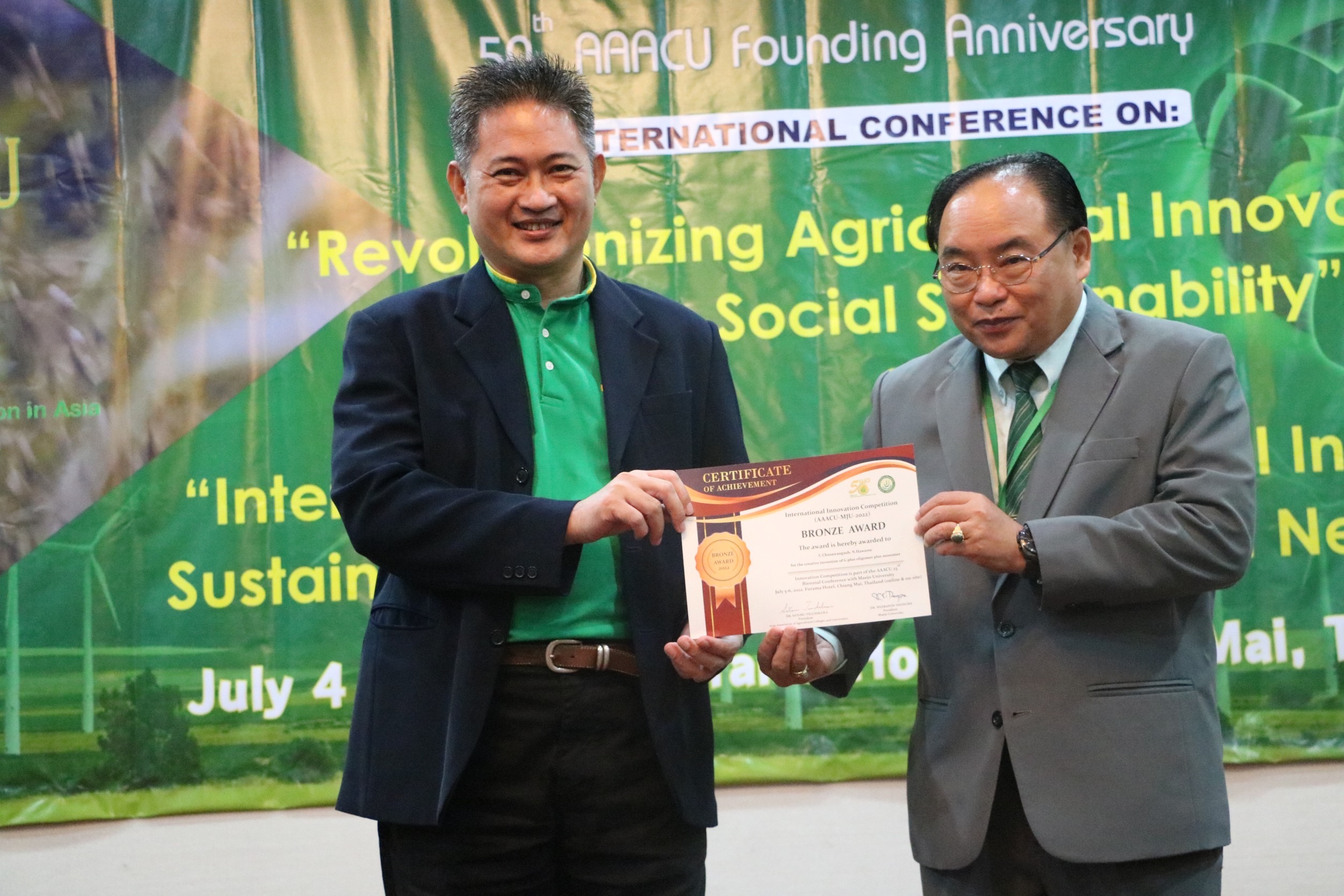Research and testing of Green Plus product
Dr. Pakpoom Vatcharakajon, Management of Organic Agriculture, and his research team conducted study and testing on significant Thai economic crops including rice and durian crops. The test results are as follows.
1. Testing in rice crops
1.1 Apply in rice cultivation
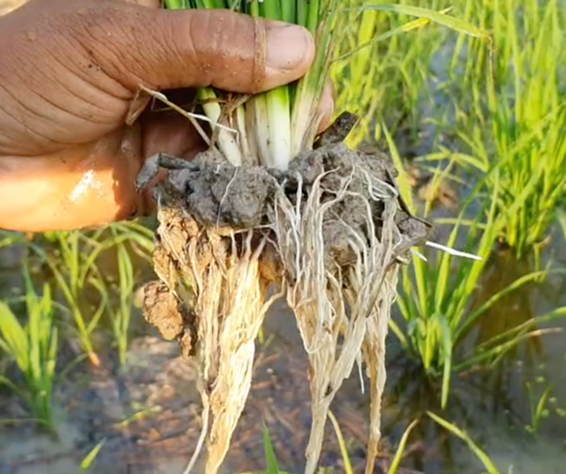
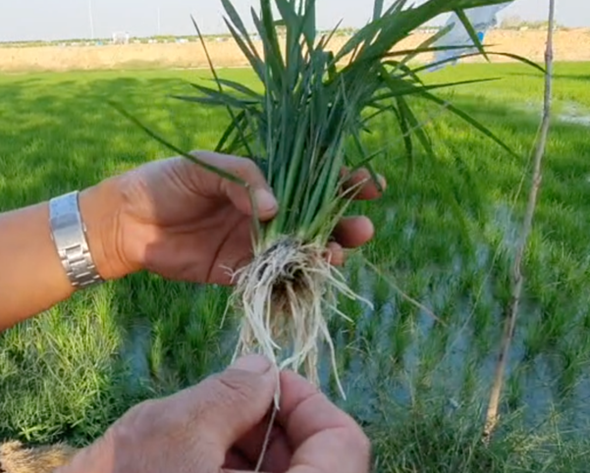
Figure 2: The healthy roots and rice after applying Green Plus
According to the findings of this study, Green Plus can degrade cellulose to speed up the fermentation process. Compost rice straw and rice stubble to produce fertilizer. It also contributes to adjusting the pH (acid-alkaline) of the soil in order to release valuable soil nutrients, promote rice plant development, and eliminate hydrogen sulfide gas in rice fields.
Green Plus promotes complete plant growth, vigorous plants, white roots, and effective tillering. It can also help reduce planting expenses and the usage of chemical fertilizers. Green Plus is extremely beneficial in rice cultivation.
1.2 Used for increasing rice crop productivity
Rice farming and productivity are being researched and tested in the provinces of Lop Buri, Ang Thong, Phitsanulok, and Phichit. Using G Plus in combination with Green Plus (Testing group), a microorganism that eliminates fungus in the soil, decompose rice stubble, reduce hydrogen sulfide gas, and enhance soil conditions as compared to farmers’ application of chemical fertilizers and pesticides (Control group). Table 1 displays the comparing results.
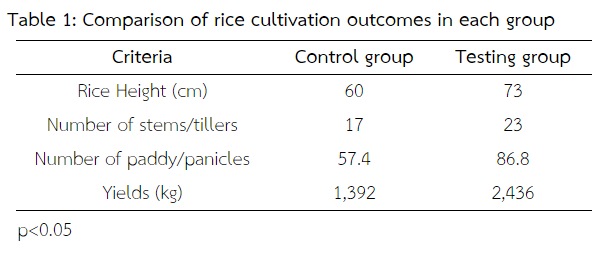
The comparative results in Table 1 demonstrate that rice in the testing group is higher than rice in the control group. The number of stems per tiller and paddy per panicle is higher in the testing group than in the control group. The yield of the testing group is likewise greater than that of the control group. The difference between groups is statistically significant (p0.05).
References
- M. Sood et al. Trichoderma: The “Secrets” of a Multitalented Biocontrol Agent. Plants 2020, 9, 762, 1-25.
- M. Mukherjee et al. Trichoderma–Plant–Pathogen Interactions: Advances in Genetics of Biological Control. Indian J Microbiol (Oct–Dec 2012) 52(4):522–529.
- A. Schuster et al. Biology and biotechnology of Trichoderma. Appl Microbiol Biotechnol (2010) 87:787–799.
- S. Zhang et al. Application of Plant-Growth- Promoting Fungi Trichoderma longibrachiatum T6 Enhances Tolerance of Wheat to Salt Stress through Improvement of Antioxidative Defense System and Gene Expression. Frontiers in Plant Science, September 2016, Volume 7, Article 1405, 1-11.
- G. Banerjee et al. Beneficial effects of bio-controlling agent Bacillus cereus IB311 on the agricultural crop production and its biomass optimization through response surface methodology. Biological Sciences, An Acad Bras Cienc (2018), 90 (2 Suppl. 1), 2149-2159.
- R. Radhakrishnan et al. Bacillus: A Biological Tool for Crop Improvement through Bio-Molecular Changes in Adverse Environments. Frontiers in Physiology, September 2017 , Volume 8, Article 667, 1-14.
- R.L. Peterson et al. Mycorrhizae and their potential use in the agricultural and forestry industries. Biotechnology Advances, Vol. 2, Issues 1, 1984, 101-120.
- นลินี ศิวากรณ์ พจนา ตระกูลสุขรัตน์ เพลินพิศ สงสังข์ และ ศิริพร วรกุลดํารงชัย การควบคุมโรครากเน่าโคนเน่าของทุเรียนโดยใช้เชื้อจุลินทรีย์ปฏิปักษ์ กลุ่มวิจัยโรคพืช สำนักวิจัยพัฒนาการอารักขาพืช
- ภาคภูมิ วัชรขจร การปลูกข้าวด้วยการใช้ชีวภัณฑ์เพื่อทำเกษตรอินทรีย์ เพิ่มผลผลิต และลดต้นทุน การบริหารจัดการเกษตรอินทรีย์ วิทยาลัยนานาชาติ มหาวิทยาลัยแม่โจ้ เชียงใหม่
- มัลลิกา จินดาซิงห์ การใช้จุลินทรีย์ในการป้องกันและกำจัดศัตรูพืช มหาวิทยาลัยแม่โจ้ ชุมพร
